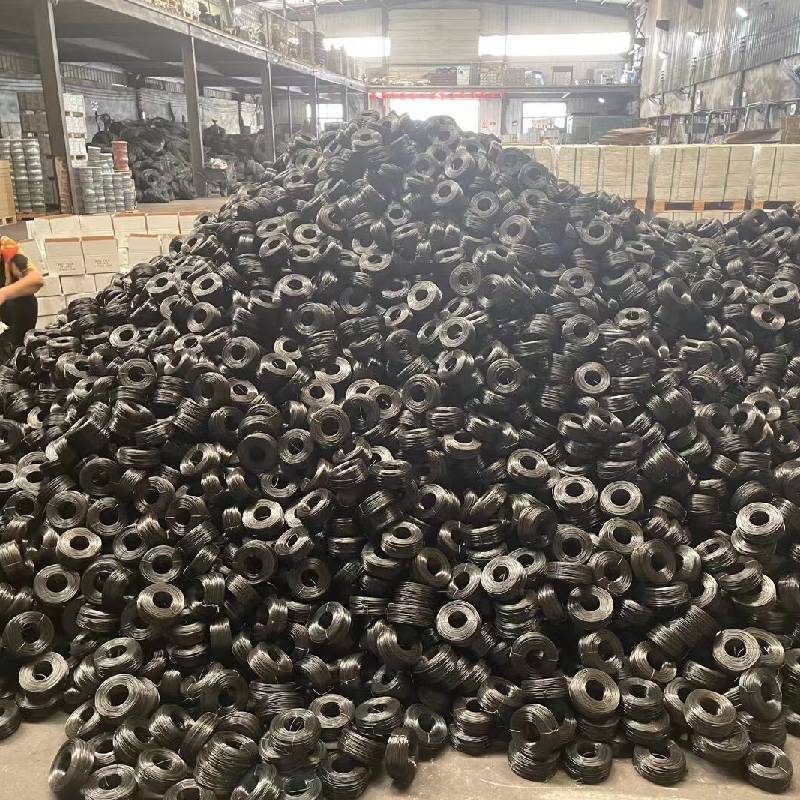
- Mobile Phone
- +8613931874955
- sales@cntcmetal.com
Spacing Guidelines for Cavity Wall Ties in Construction Projects
Understanding Cavity Wall Ties Spacing A Critical Aspect of Structural Integrity
Cavity walls, which are composed of two masonry walls separated by an air space, have gained popularity due to their excellent thermal performance and moisture control. One of the crucial components that ensure the structural integrity and stability of cavity walls is the use of wall ties. These are essential in maintaining the bond between the inner and outer walls while allowing for movement caused by temperature fluctuations and moisture changes. The spacing of these wall ties is pivotal, influencing not only the strength of the structure but also its durability and safety.
The Role of Wall Ties
Wall ties play a fundamental role in resisting lateral loads, such as wind pressure, and they prevent portions of the wall from moving independently of one another. They also contribute to the overall stability of the cavity wall system by helping to prevent the outer leaf from bowing or leaning away from the inner leaf. In addition, wall ties assist in managing moisture, ensuring that any water that penetrates the outer wall is directed back out, rather than being trapped within the cavity.
Importance of Spacing
The spacing of wall ties is determined by various factors, including the height and width of the wall, the type of masonry units used, the expected wind loads, and local building codes. Properly spaced wall ties help distribute loads evenly across the cavity. If the ties are too far apart, it can lead to structural weaknesses; excess movement may occur, potentially resulting in cracking and failure of the wall system.
Guidelines for Spacing
According to standards from organizations like the International Building Code (IBC) and the Brick Industry Association (BIA), wall ties should generally be spaced no more than 24 inches apart vertically and 36 inches apart horizontally. However, specific requirements may vary based on the height of the wall and environmental conditions. For instance, in areas subjected to high wind loads, closer spacing may be mandated.
cavity wall ties spacing

The vertical spacing is particularly critical; as walls increase in height, the need for added support becomes essential. For walls exceeding a certain height, additional ties may be needed to ensure that the wall remains stable under lateral pressure from wind. It is also advisable to install additional ties near openings such as doors and windows, where the likelihood of structural movement is greater.
Material Considerations
The materials from which wall ties are made can also influence their performance. Traditionally, ties were constructed of metal, but advancements in materials have introduced alternatives like plastic and stainless steel. Each type has its advantages and disadvantages concerning corrosion resistance, weight, and cost. It is crucial to choose the appropriate material not only for the building's environmental conditions but to also align with local building codes and standards.
Inspection and Maintenance
Regular inspection and maintenance of wall ties are essential for the long-term performance of cavity walls. Over time, wall ties can corrode, especially if they were made from less durable materials. Signs of deterioration may include wall bulging, cracking, or water infiltration. In such cases, timely intervention is critical. Replacing damaged ties and ensuring proper spacing can help prevent more extensive structural issues down the line.
Conclusion
The spacing of cavity wall ties is a fundamental consideration in the design and construction of cavity walls. By ensuring that wall ties are correctly spaced and made of suitable materials, builders can significantly enhance the durability and safety of structures. As building codes and construction practices evolve, staying informed about best practices in wall tie spacing is essential for architects, engineers, and builders alike. Ultimately, the careful consideration of this critical aspect is key to creating strong, resilient buildings that stand the test of time.
share:
-
Understanding Wall Ties: Types and ImportanceNewsApr.28,2025
-
Top Products for Your Yard and Signage NeedsNewsApr.28,2025
-
The World of SpringsNewsApr.28,2025
-
Masonry Accessories: Essential for Building Strong FoundationsNewsApr.28,2025
-
Fencing Solutions for Every NeedNewsApr.28,2025
-
A Comprehensive Guide to Iron Wire for Your Construction NeedsNewsApr.28,2025
-
The Versatility of Wire Tension SpringsNewsApr.16,2025



















